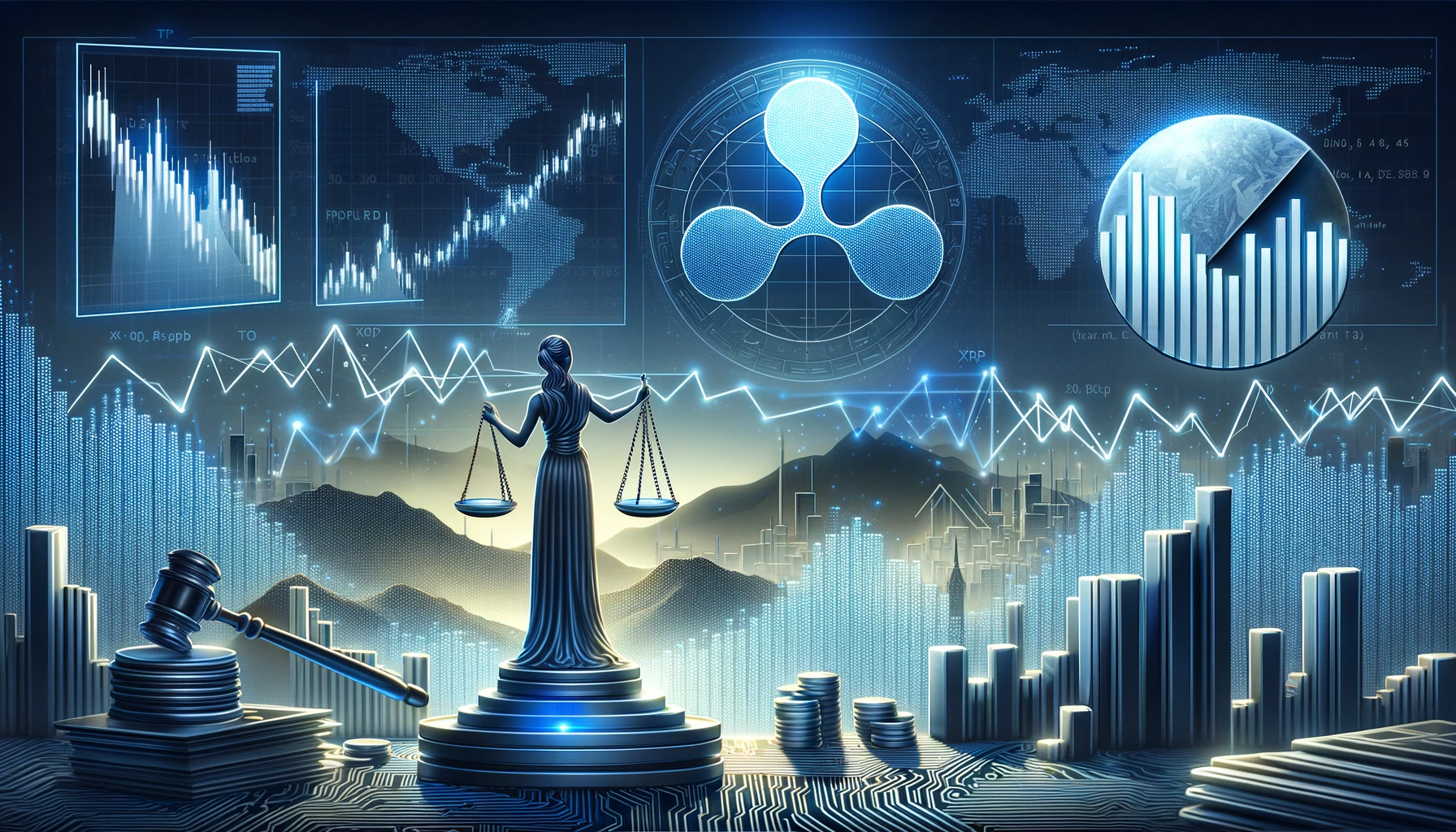Ripple’s Chief Technology Officer (CTO), David Schwartz, has categorically denied allegations that the company has been manipulating the price of its digital currency, XRP, through programmatic sales. This statement comes in response to ongoing speculation and accusations from various quarters of the crypto community.
Clarification on programmatic sales and market impact
Schwartz emphasized that Ripple’s approach to XRP sales has been transparent and carefully managed to avoid any undue impact on the market price. As Schwartz explained, programmatic sales are conducted on exchanges and are part of Ripple’s market-making activities. These sales facilitate liquidity, allowing for smoother transactions for buyers and sellers alike. According to Schwartz, such transactions tend to have a slight net effect of reducing Ripple’s XRP holdings but are not intended to manipulate the market price.
In his statement, Schwartz firmly stated, “I do not believe our scheduled XRP sales manipulate the price in any way. I am confident that we have made every effort to minimize the price impact of our scheduled sales.” He further highlighted that Ripple had ceased these scheduled sales from the first quarter of 2023, a move detailed in the company’s 1st Quarter 2023 XRP Markets Report. This decision underscores Ripple’s commitment to maintaining a stable and fair trading environment for XRP.
Ripple’s on-demand liquidity and its function
An integral part of Ripple’s operations involves its On-Demand Liquidity (ODL) service, which Schwartz also touched upon during his statement. The ODL service is designed to facilitate international payments seamlessly, allowing users to convert their funds into XRP for swift cross-border transactions. This process involves purchasing XRP for the transaction, sending it to an exchange in the destination country, converting it to the local currency, and completing the payment.
Schwartz detailed a typical scenario to illustrate the ODL process: “If a person wants to send Mexican pesos, they can buy XRP from Ripple at the time they need to pay, send the XRP to a Mexican exchange, exchange the XRP for Mexican pesos, and then use a payment provider to make a Mexican local payment to the recipient.” Such transactions, Schwartz noted, could result in a net sale of XRP if Ripple ends up with less XRP than it sold for the payment, emphasizing that this is a natural outcome of facilitating payments and not aimed at influencing the market.





